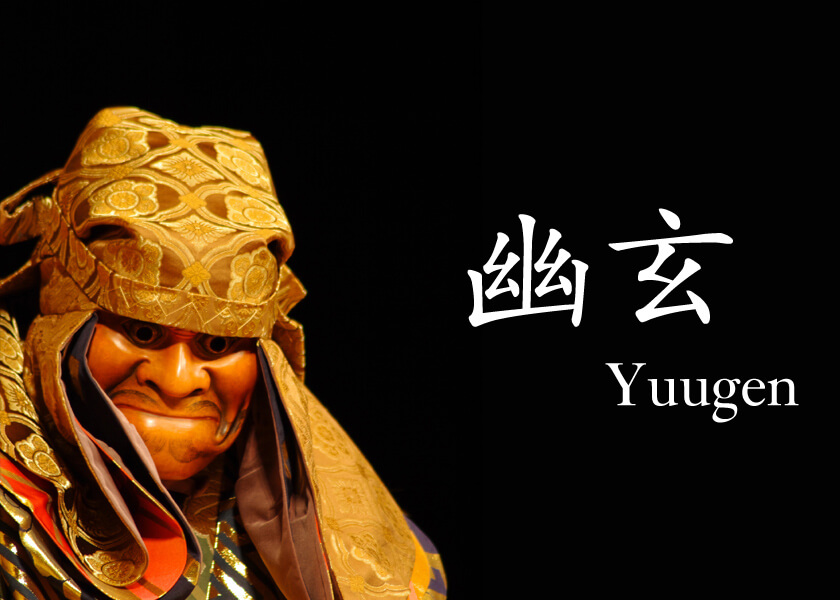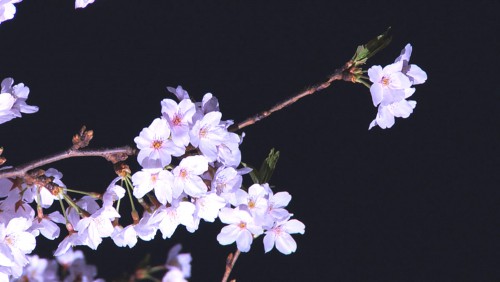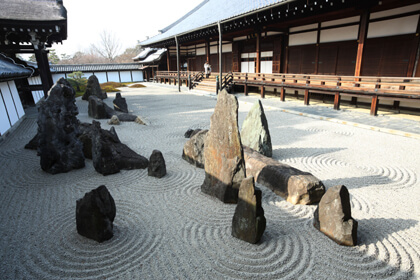Lesson
News / Blog
Other Menus
Yūgen

Yūgen
“Yūgen” is a basic concept which influences various Japanese arts such as literature, painting, the performing arts, and architecture. The word originated in China and was used in Chinese schools of thought like Buddhism as well as that of Laozi and Zhuangzi. Then from the late Heian period to the early Kamakura period, the famous Japanese poet, Fujiwara no Toshinari, began using the word, Yūgen, in his criticisms of Waka poetry. Over a period of time, it became a major word used in treatises on Waka poetry. During the medieval period, it began to gradually influence other Japanese arts such as Noh Drama, Zen, Renga (linked verse), Sadō (tea ceremony), and Haiku (a type of amusing and playful Waka). Eventually, it began being used as a general word in Japanese culture.

Yūgen is usually translated as “mysterious profundity.” Yūgen means the beauty that we can feel sense into an object, even though the beauty doesn’t exist in the literal sense of the word and cannot be seen directly. Yūgen is a sense not to enjoy the superficial beauty of an object, which is in front of our eyes but to enhance the beauty more impressive by imagining its latent beauty. For example, we think a flower is beautiful when we see it. This beauty is the superficial beauty. The flower has a past of withstanding wind, rain, and snow until now, and will someday wither, however beautiful it is now. Although the beautiful flower itself impresses us, the beauty will be more impressive than the superficial beauty, when we can imagine its past and future.

If you conceptualize Yūgen as a suggestiveness, lingering memory, aftertaste, or implication, you can more easily understand Yūgen. Imagination is essential for feeling Yūgen, so many artists have, since ancient times in Japan, developed a method to encourage their viewers to exercise their imagination. Unpainted blank space, simplification, asymmetry, irregularity, imperfection, quiet colors, composition, gold paint – these are examples, in the Japanese-style painting world, of ways artists encourage their viewers to imaginatively participate in the viewing.
Noh and Haiku
Noh
Haiku
“Noh” and “haiku” are representative of Yūgen (one of Japanese aesthetic concepts). You can see Yūgen more through these videos.
Reference Book
 |
|
Zen and Japanese Culture (English Edition) 新品価格 |
![]()

